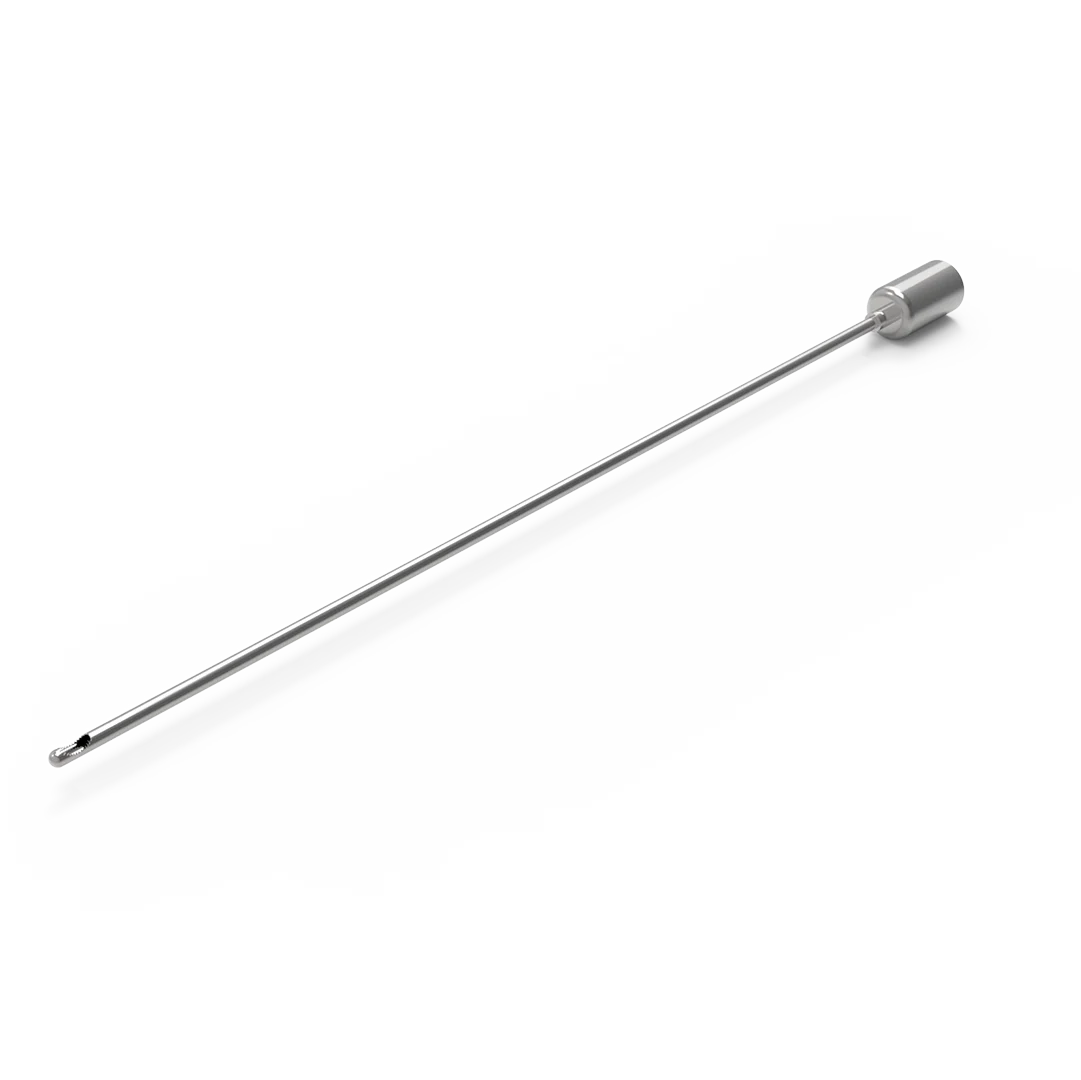Cost-Effective Solutions for Cladding Exterior Walls: A Comprehensive Guide
When it comes to enhancing the aesthetic appeal and durability of a building, cladding exterior walls is a popular choice among homeowners and builders alike. However, the cost of cladding can vary significantly depending on the materials and methods used. In this article, we will explore the cheapest ways to clad exterior walls, providing you with practical insights and professional recommendations to help you make informed decisions.
Understanding Exterior Wall Cladding
Before diving into cost-effective options, it’s essential to understand what exterior wall cladding is. Cladding refers to the application of one material over another to provide a skin or layer, which serves both functional and aesthetic purposes. It protects the underlying structure from weather elements, improves insulation, and enhances the overall appearance of the building.
Factors Influencing Cladding Costs
Several factors influence the cost of cladding, including:
- Material Type: Different materials come with varying price points. Common cladding materials include vinyl, wood, metal, brick, and fiber cement. Each has its own cost implications based on durability, maintenance, and installation complexity.
- Labor Costs: The cost of labor can significantly affect the overall expense of cladding. Regions with higher labor rates will naturally increase the total cost.
- Building Size and Design: Larger buildings or those with complex designs will require more materials and labor, thus increasing costs.
- Preparation and Installation: The condition of the existing walls and the complexity of the installation process can also impact costs. Additional preparation work may be necessary for certain materials.
Cheapest Ways to Clad Exterior Walls
Now that we have a foundational understanding, let’s explore some of the most cost-effective cladding options available:
- Vinyl Siding
Vinyl siding is one of the most affordable cladding options on the market. It is lightweight, easy to install, and requires minimal maintenance. The average cost of vinyl siding ranges from $2 to $7 per square foot, making it a budget-friendly choice for homeowners. Additionally, vinyl siding comes in a variety of colors and styles, allowing for customization without breaking the bank.
- Fiber Cement Siding
Fiber cement siding is another economical option that offers durability and aesthetic appeal. It is made from a mixture of cement, sand, and cellulose fibers, providing resistance to rot, pests, and fire. The cost typically ranges from $5 to $10 per square foot, which is slightly higher than vinyl but offers better longevity and lower maintenance costs over time.
- Wood Paneling
For those seeking a natural look, wood paneling can be a cost-effective choice if sourced wisely. While the initial cost can vary (typically between $3 to $8 per square foot), using reclaimed wood or less expensive species can significantly reduce expenses. However, it’s important to consider the long-term maintenance costs associated with wood, as it may require regular staining or sealing.
- Metal Cladding
Metal cladding, particularly corrugated steel or aluminum, can be an affordable and modern option. Prices can range from $3 to $6 per square foot, depending on the type of metal and finish. Metal is highly durable and can withstand harsh weather conditions, making it a practical choice for many climates.
- Stucco
Stucco is a traditional cladding material that can be applied directly to walls, making it a cost-effective option for new constructions or renovations. The average cost of stucco ranges from $6 to $9 per square foot. It provides excellent insulation and can be finished in various textures and colors, offering versatility in design.
DIY vs. Professional Installation
One of the most significant ways to save on cladding costs is through DIY installation. If you have the necessary skills and tools, installing cladding yourself can reduce labor costs significantly. However, it’s crucial to assess your capabilities realistically. Improper installation can lead to costly repairs down the line.
If you opt for professional installation, consider obtaining multiple quotes to ensure you’re getting the best deal. Look for contractors who specialize in the specific cladding material you choose, as their expertise can lead to better results and potentially lower costs.
Conclusion
Cladding exterior walls doesn’t have to be an expensive endeavor. By exploring cost-effective materials like vinyl siding, fiber cement, wood paneling, metal cladding, and stucco, homeowners can achieve a beautiful and durable exterior without overspending. Additionally, considering DIY installation or obtaining multiple contractor quotes can further reduce costs. Ultimately, the key is to balance affordability with quality, ensuring that your investment enhances both the appearance and longevity of your property.

Average Rating